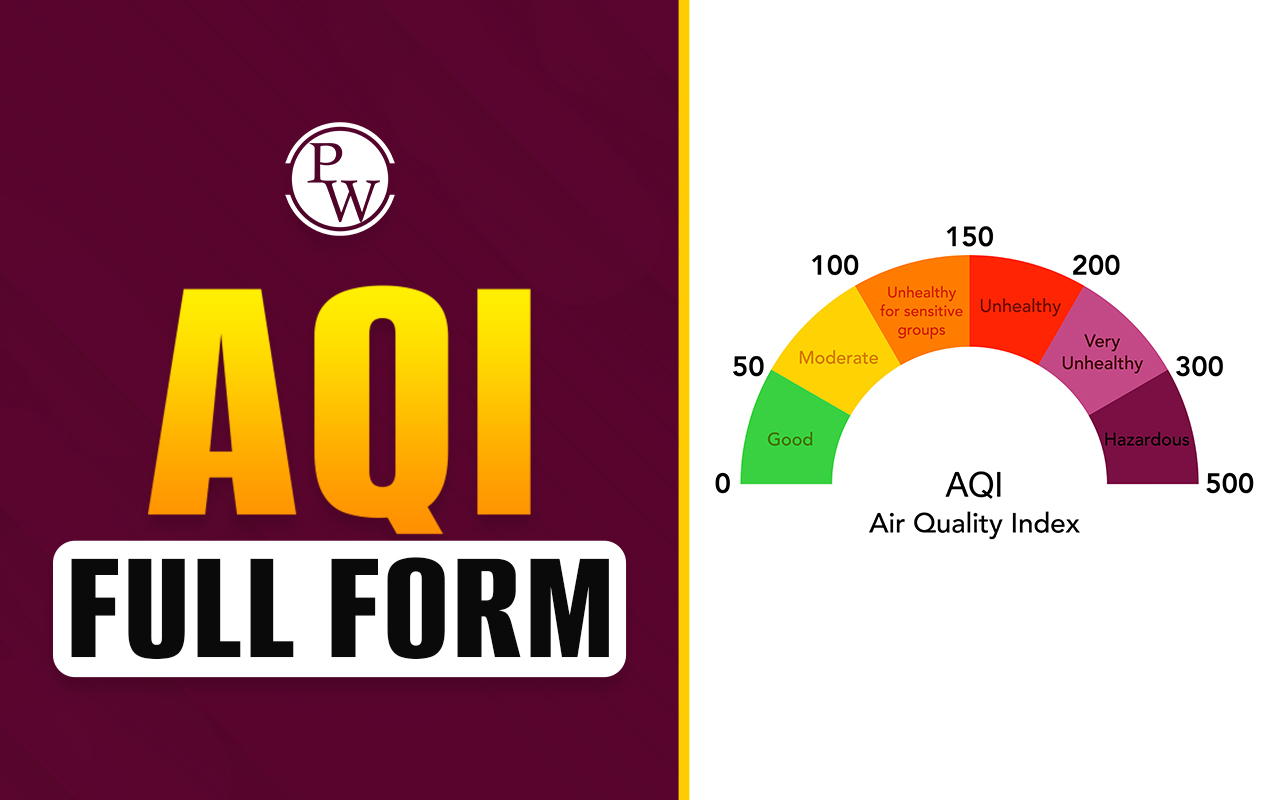

The Full Form of RO is Reverse Osmosis.
Reverse Osmosis (RO) is a water treatment process. It removes impur, ities and contaminants from water by forcing them through a semipermeable membrane.
The membrane only allows pure water to pass through and leaves behind dissolved salts, minerals, and other impurities. It is commonly used for domestic and industrial water purification applications.
Working Procedure of RO
Reverse Osmosis (RO) works by applying high pressure to water, which is then forced through a semipermeable membrane. The design of the membrane only allows pure water molecules to pass through it. Larger molecules do not pass through it such as salts, minerals, and other contaminants.
Here's a simplified explanation of the process:
- Water is fed into the RO system and passes through a pre-filter to remove large particles such as sediment and chlorine.
- The water is then pressurized by a pump and forced through the semi-permeable membrane.
- The contaminants and impurities are trapped on one side of the membrane, while the pure water molecules pass through to the other side.
- The purified water is then collected and stored, while the rejected water is discarded.
- RO effectively removes a wide range of contaminants, including salts, minerals, bacteria, and organic pollutants.
Difference Between Osmosis and Reverse Osmosis
Here you will know the difference between Osmosis and Reverse Osmosis (RO).
Osmosis is a natural process where water molecules move from a high concentration to a low concentration. This is to equalize the solute concentration between two solutions separated by a membrane.
Reverse Osmosis, on the other hand, is the opposite of osmosis. It uses external pressure to force water from a high concentration to a low concentration through a semipermeable membrane.
The external pressure overcomes the natural osmotic pressure and drives the water molecules through the membrane, leaving behind dissolved salts and other impurities.
In summary, osmosis is a passive process that occurs naturally, while RO is an active process that uses external pressure to produce purified water.
Advantages of RO
Reverse Osmosis (RO) has several benefits:
Water Purification: RO effectively removes many impurities and contaminants from water. This results in clean and safe drinking water.
Energy Efficiency: RO systems are relatively energy-efficient compared to other water purification methods, as they only require a pump to pressurize the water.
Cost-effective: The initial investment in an RO system can be higher compared to other methods. But the long-term cost of operating and maintaining the system is lower, as it does not require frequent replacement of filters.
Overall, RO is a reliable and efficient method for producing clean and safe drinking water, making it a popular choice for water purification
Disadvantages of RO
Reverse Osmosis (RO) also has some Disadvantages also,
- RO systems can be expensive to install, especially for large-scale applications.
- RO systems require regular maintenance, including filter changes and membrane replacements.
- RO systems only produce a limited amount of purified water and reject a large amount of water as waste.
- RO systems can remove essential minerals from water, including calcium and magnesium.
[wp-faq-schema title=" Full Form of RO FAQs" accordion=1]
Q1. What is RO TDS full form?
Q2. What is the pH of RO water?
Q3. How much TDS is good for drinking water?












